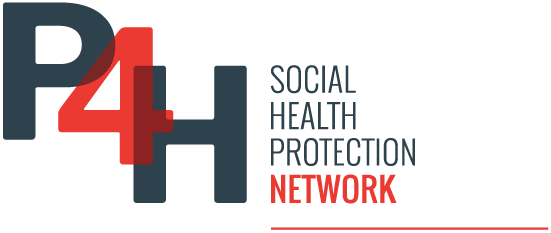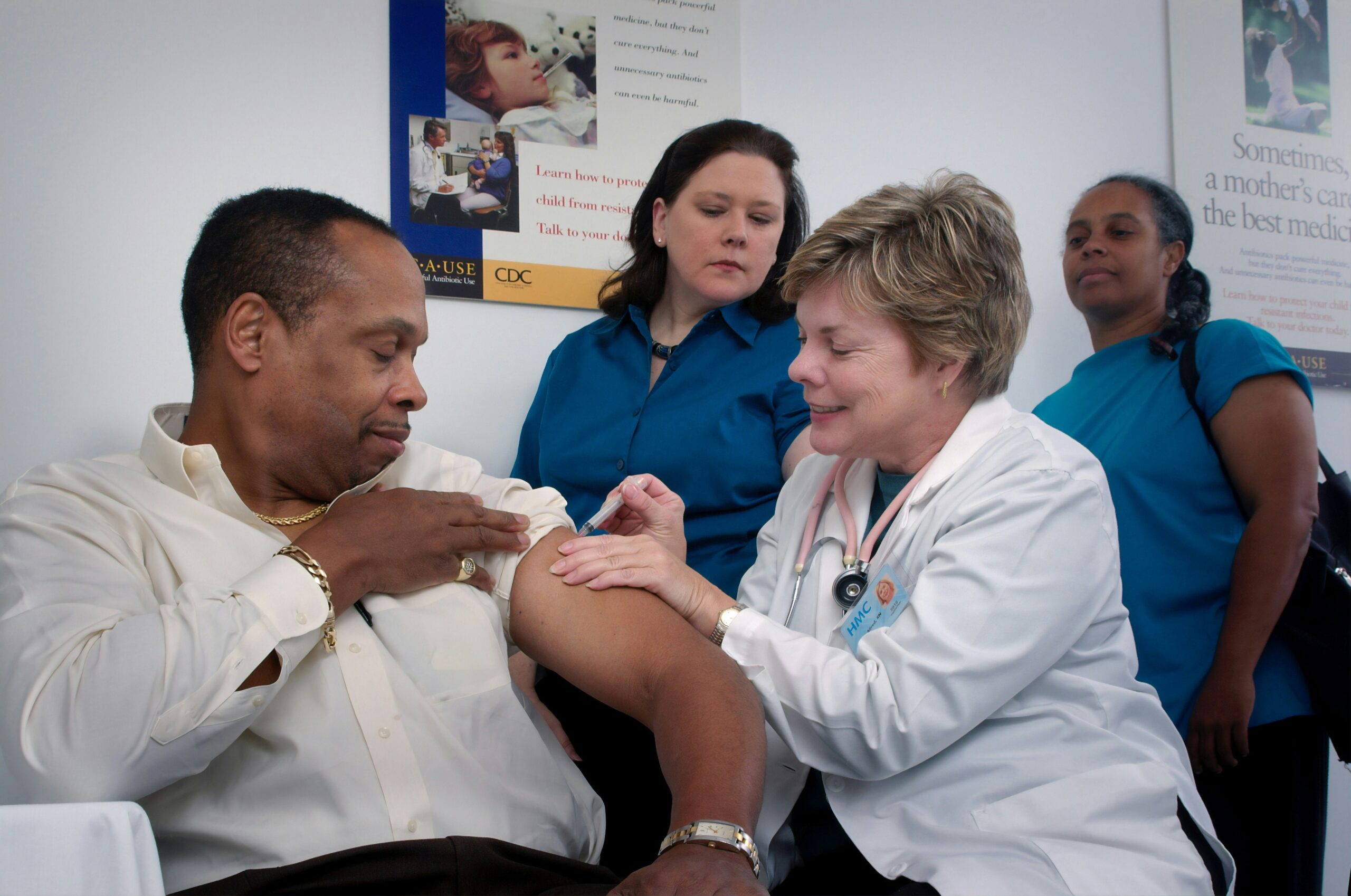Dutch health and social care spending rose 8.9% in 2024 to 155 billion euros, increasing to 13.8% of GDP. Per capita costs reached 8,610 euros, up 654 euros from 2023, driven by higher charges, increased youth care demand, and faster growth of home assistance.
In 2024, government expenditure on health and social care in the Netherlands rose sharply by 8.9 percent to 155 billion euros, surpassing economic growth and increasing its share of GDP from 13.5 percent to 13.8 percent. The sectors with the highest increase were youth care, shelter, and social care, which grew by 14.9 percent due to rising costs in asylum processing and expanding needs in childcare and youth care.
Other areas like mental health, nursing services, disability care, and specialist medical care also saw notable increases. Prices in the health and social care sector climbed by 6.4 percent, contributing to higher overall spending, which reached an average of 8,610 euros per person—654 euros more than the previous year. This per capita increase reflects rising costs across various funding channels, including government programs, insurance systems, and personal contributions.
Expenditure under the Health Insurance Act grew by 7 percent and under the Long-Term Care Act by 10.1 percent, with spending on home assistance advancing at double the rate of residential care, despite absolute spending remaining higher for institutional services. While total healthcare spending rose by 7.9 percent according to international definitions, growth was even more pronounced in services not classified under international norms, such as social and youth care. Overall, the rise reflects broad-based increases in service use, higher charges, and an expanding workforce, highlighting both growing demand and cost pressures across the Dutch health and social care sector.


